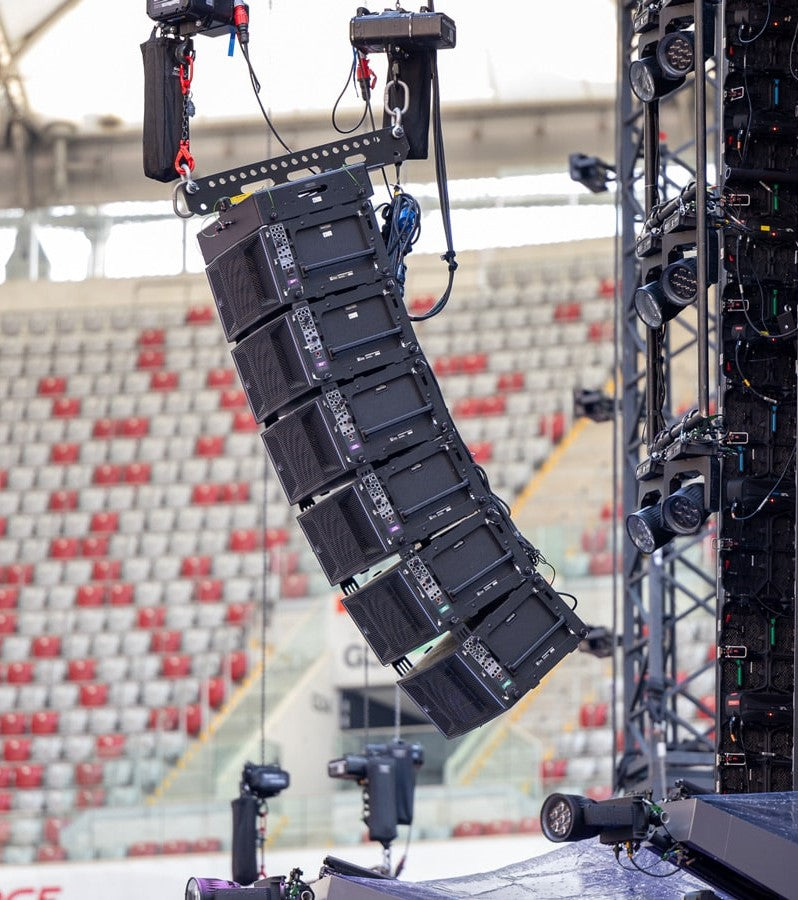Although Meyer Sound wasn’t officially founded until much later, the roots of this esteemed innovator can be traced back to 1967 when a chance encounter changed history. Steve Miller, the leader of the famous band that shares his namesake, walked into Berkely Custom Audio, where John Meyer was manning the store. Miller was looking to beef up the sound of the bass in his band for the Monterey Pop Festival and Meyer ingeniously built a horn-loaded system from Klipsch La Scala loudspeakers.
After experiencing the power and clarity his experiment created at Monterey Pop, Meyer’s interest in loudspeaker design only grew. He was particularly passionate about addressing the issues that were becoming commonplace amongst the high-power demands of bands in the late 1960s. Meyer created a new speaker in 1969, the “Glyph,” that apart from being known for its odd appearance, became the talk of the bay area for exhibiting lower distortion than other systems from the era.
These revolutionary speakers reproduced bass frequencies with either a 4-foot by 4-foot horn and a 14-inch diaphragm driver (the MN50 with M driver) or an 8-foot-by-8-foot fiberglass horn with a 28-inch diaphragm driver. The Glyph speakers were featured in a system designed for Pepperland, a night club in San Rafael that hosted the best bands from the period, many of which praised the sound there for being both surprisingly clean and shockingly loud. This led to inspiring collaborations as well as time spent at the Institute for Advanced Musical Studies in Montreux, Switzerland. Soon, John Meyer was an established, groundbreaking loudspeaker designer which led to designing the Meyer/ACD studio monitor for a Swiss company.
The ACD was able to accomplish two important things by raising the bar for distortion and flat response in studio monitors and by attracting the attention Francis Ford Coppola. Coppola was looking to tour his film Apocalypse Now with a game-changing sound system. To meet his demanding expectations, Meyer used the ACD along with the custom built 650 subwoofer, containing a single 18-inch driver in a sixth-order cabinet with low-distortion response down to 30 Hz.

































